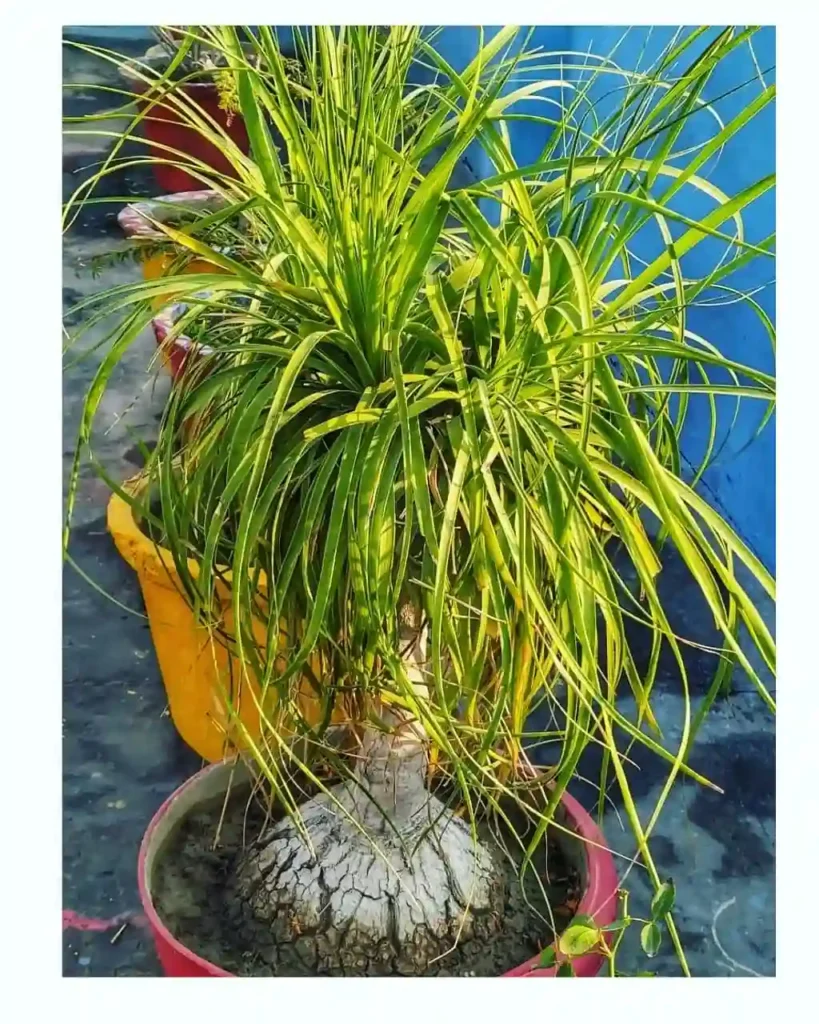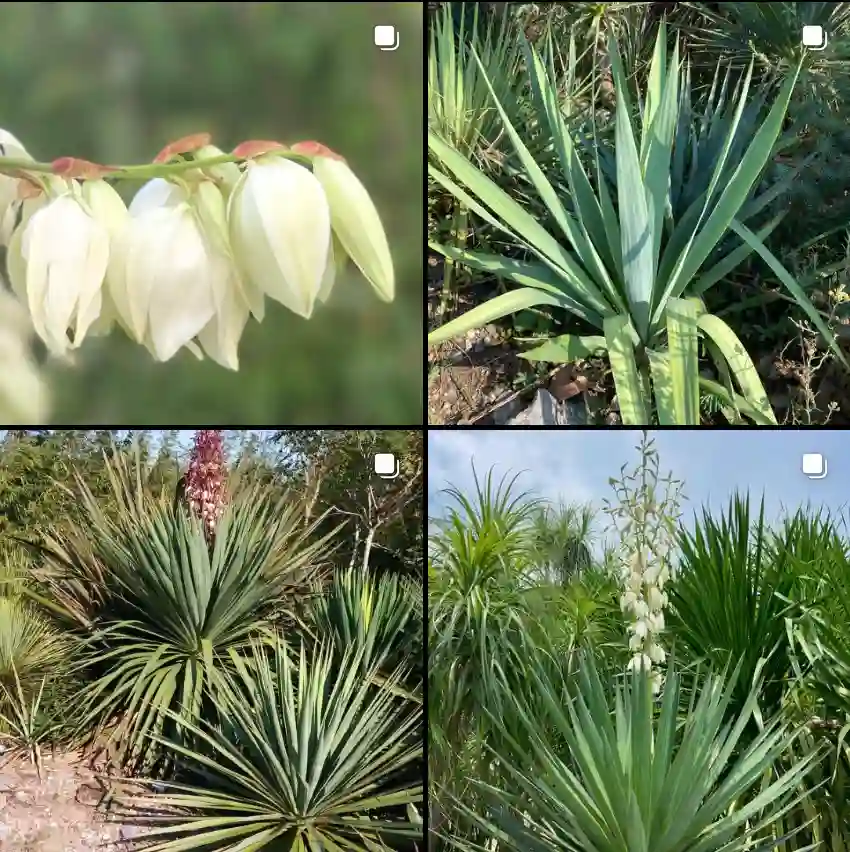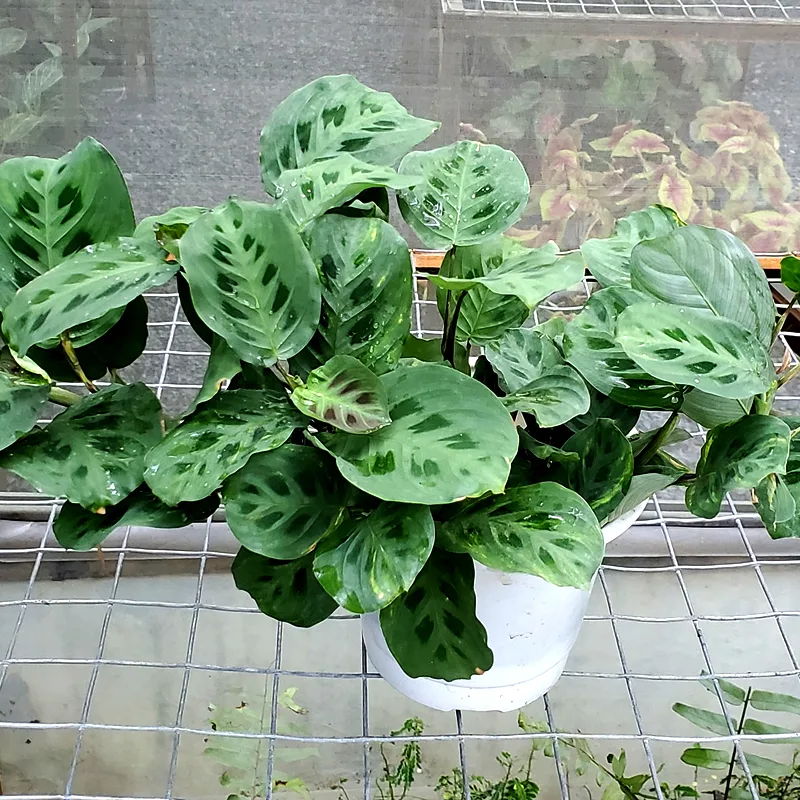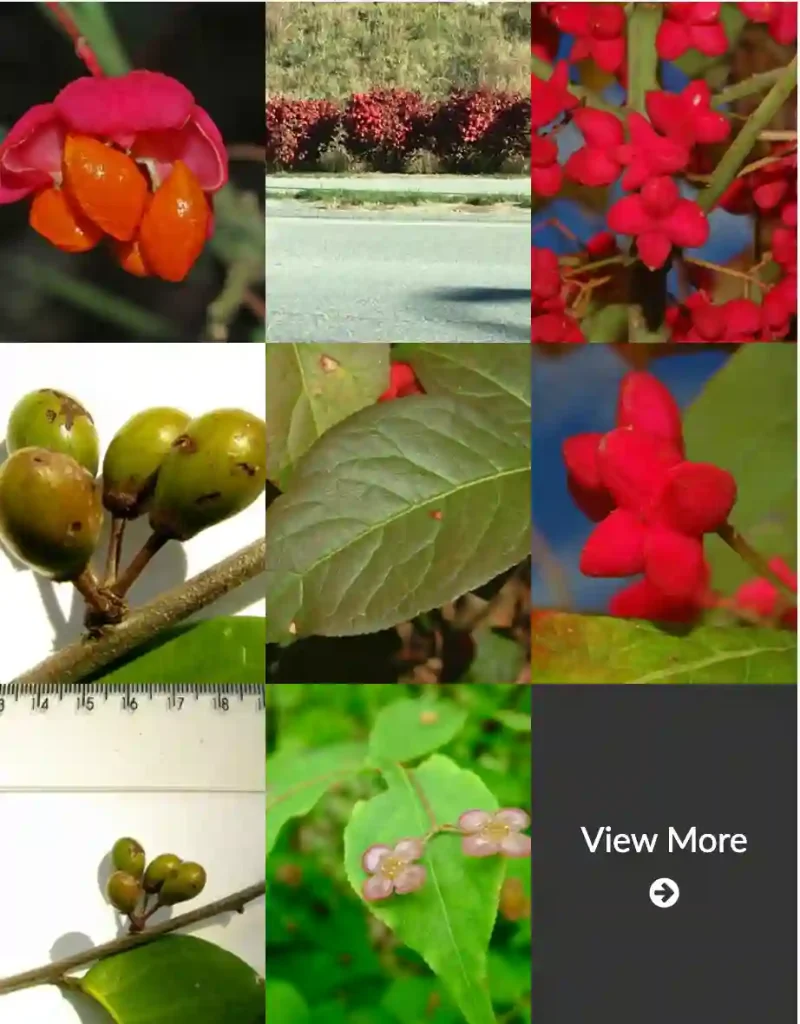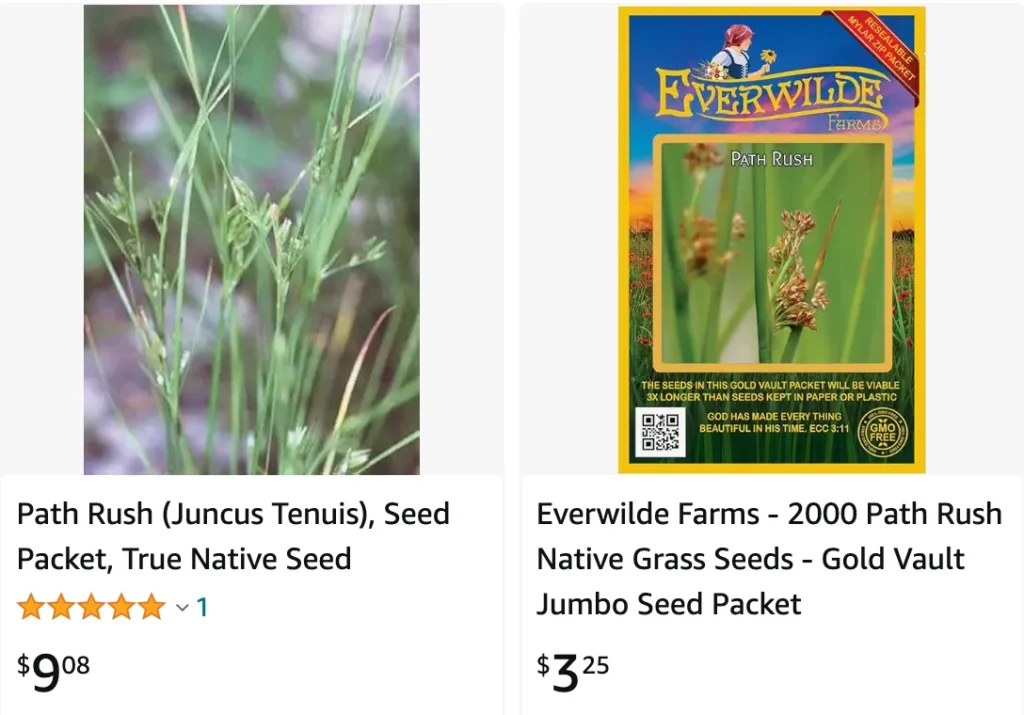
Juncus Tenuis: A Tiny Titan of the Plant World
For those who spend a lot of time outdoors, Juncus tenuis is a familiar sight. This little green plant, often dismissed as a weed, has surprised me with its resilience and adaptability. Over the years, I’ve seen it pushing through cracks in the sidewalk, blanketing the edges of fields, and even thriving in seemingly barren patches of dirt. It’s become a personal challenge to learn more about this unassuming plant.
366 Species in Genus Juncus
Is Juncus Tenuis an Angiosperm?
Absolutely! Juncus tenuis belongs to the Juncaceae family, also known as the rush family. Angiosperms, also called flowering plants, are the dominant plant group on Earth, characterized by their seeds enclosed within an ovary. While Juncus tenuis itself produces inconspicuous green flowers, it classifies firmly within the angiosperm category.
A Closer Look at Juncus Tenuis
Juncus tenuis, also known as path rush or slender rush, is a perennial that forms dense clumps. Its most striking feature is its round, smooth stems, which can reach anywhere from six to twenty-four inches in height. These stems grow in tight clusters, giving the plant a neat, almost architectural appearance. Unlike many plants, Juncus tenuis boasts very few leaves. Instead, it has tiny brown scales at the base of the stems.
Unexpected Toughness: The Habitat of Juncus Tenuis
Juncus tenuis is a survivor. This little plant thrives in a wide range of conditions, from full sun to partial shade. It can tolerate both wet and dry soils, making it a common sight along roadsides, fields, and even wetlands. One of its nicknames, “path rush,” comes from its ability to establish itself in compacted areas like walkways and driveways. This tolerance for harsh conditions is part of what makes Juncus tenuis such a successful colonizer.
The Unassuming Beauty of Juncus Tenuis
While Juncus tenuis might not be the showiest flower in the garden, it possesses a certain understated beauty. Its soft, green stems swaying in the breeze and the way it forms a dense, textural carpet can add a touch of tranquility to a landscape. In some design schemes, Juncus tenuis is even used as a low-maintenance groundcover, particularly in areas with poor soil quality.
Is Juncus Tenuis a Weed?
This depends on your perspective. Juncus tenuis’ aggressive growth habit and tolerance for poor conditions can make it unwelcome in cultivated gardens. However, in its natural habitat, it plays a valuable role in preventing soil erosion and providing cover for small animals. Ultimately, whether you consider Juncus tenuis a weed or a welcome addition to your landscape depends on your specific needs and preferences.
How to care for Juncus Tenuis?
The good news is that Juncus tenuis requires very little care. Once established, it’s quite drought-tolerant and doesn’t need frequent watering. In fact, overwatering can be detrimental. If you’re planting Juncus tenuis in your garden, choose a well-drained location and avoid fertilizing it. Dividing the clumps every few years can help maintain a healthy appearance and prevent overcrowding.
Juncus Tenuis: A Plant for All Seasons
Juncus tenuis adds year-round interest to a garden. While its green stems remain attractive throughout the growing season, they take on a warm, golden hue in the fall, adding a touch of texture and color to the winter landscape.
The Unexpected Ally: Juncus Tenuis and Wildlife
Juncus tenuis provides valuable shelter and nesting sites for small creatures like insects, spiders, and even small mammals. This makes it a welcome addition to gardens that aim to support a diverse ecosystem.
The Final Word on Juncus Tenuis
Juncus tenuis may be a small plant, but it packs a punch in terms of resilience, adaptability, and ecological value. Whether you encounter it growing wild or consider adding it to your own garden, take a moment to appreciate this tiny titan of the plant world.
If i die, water my plants!
